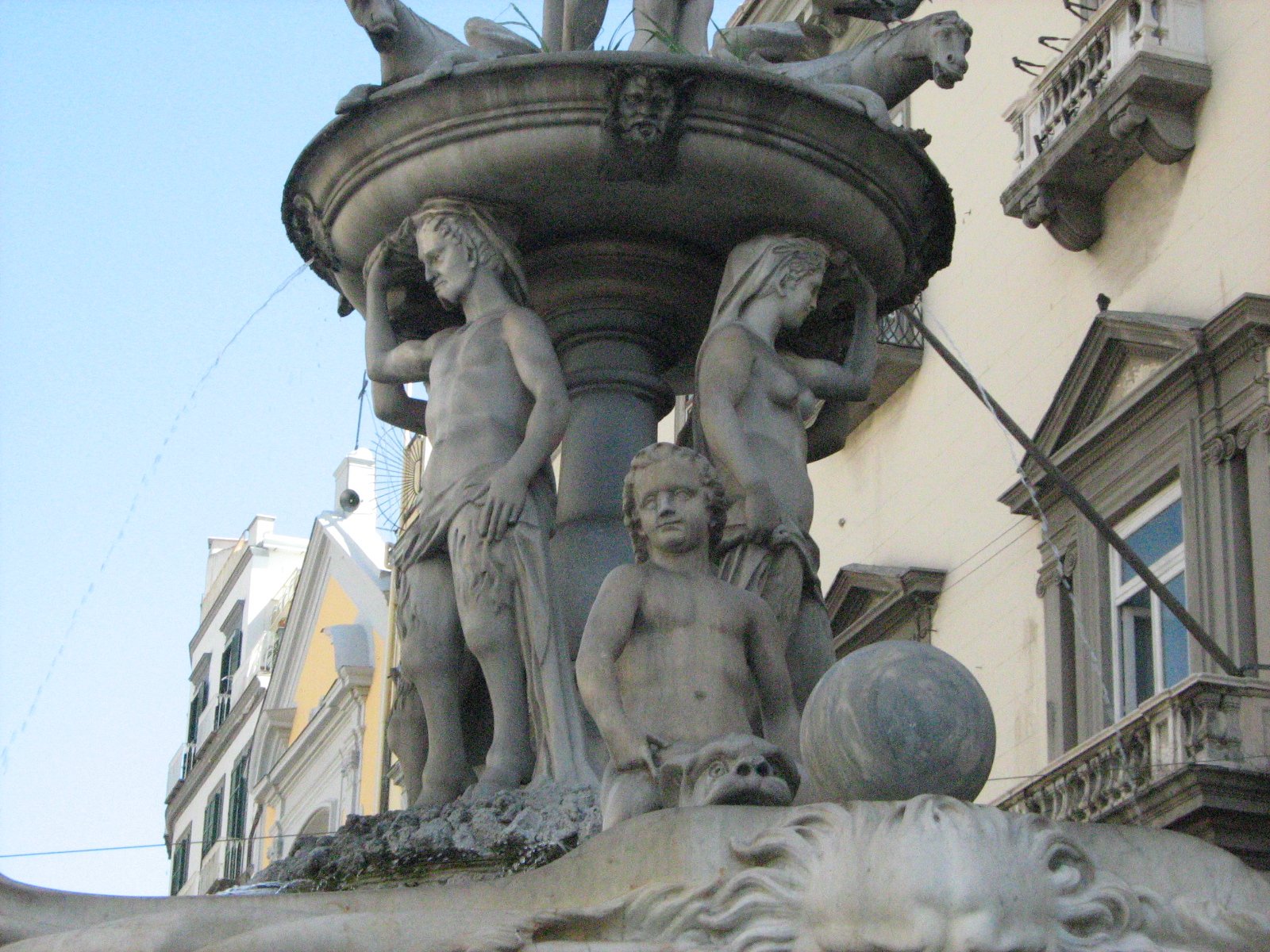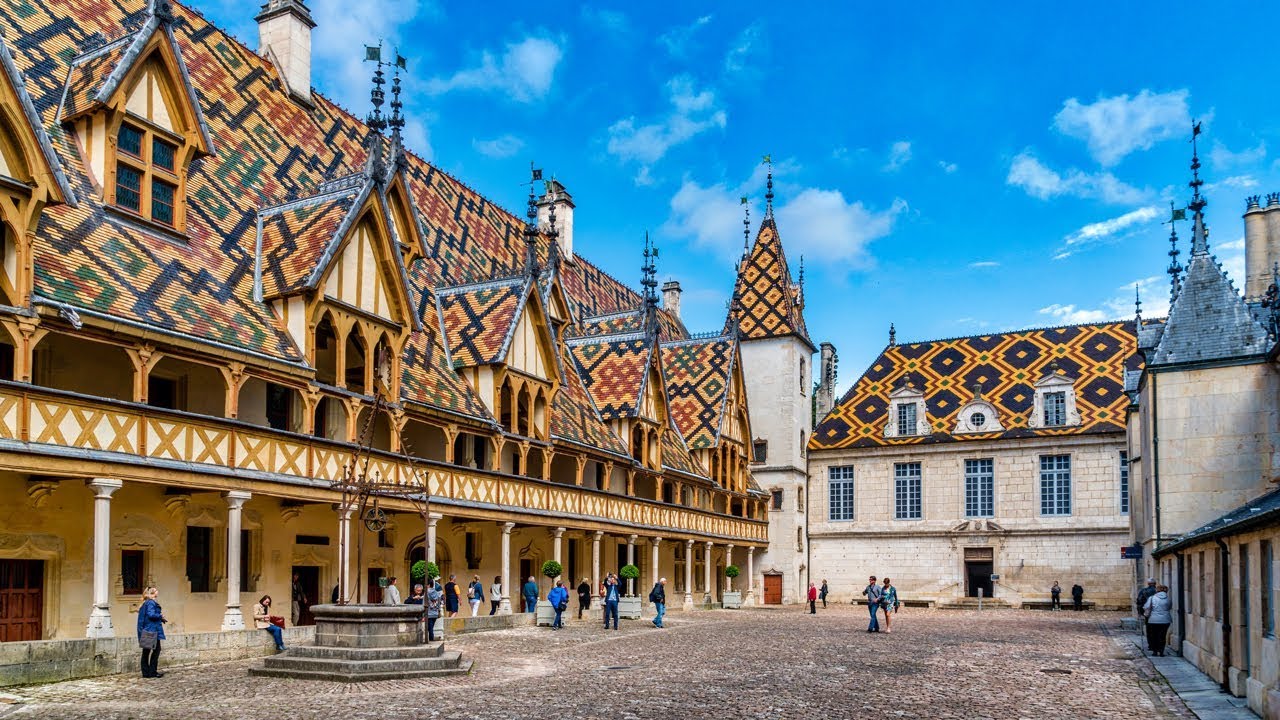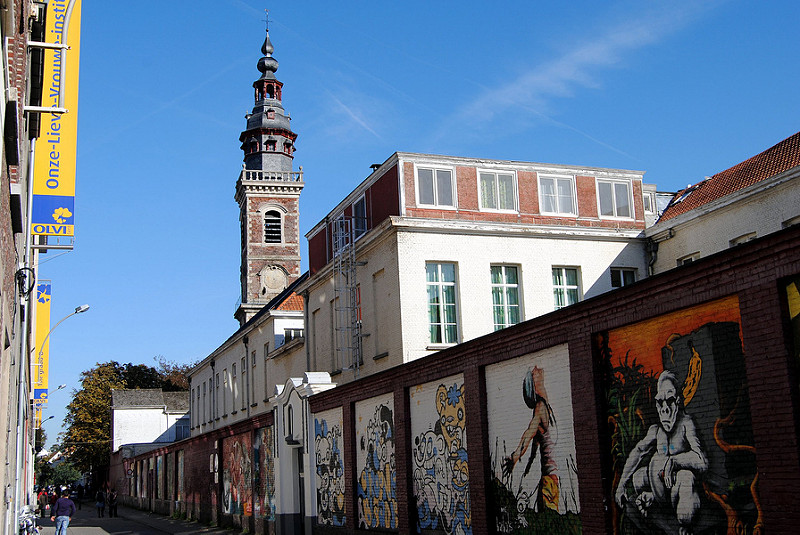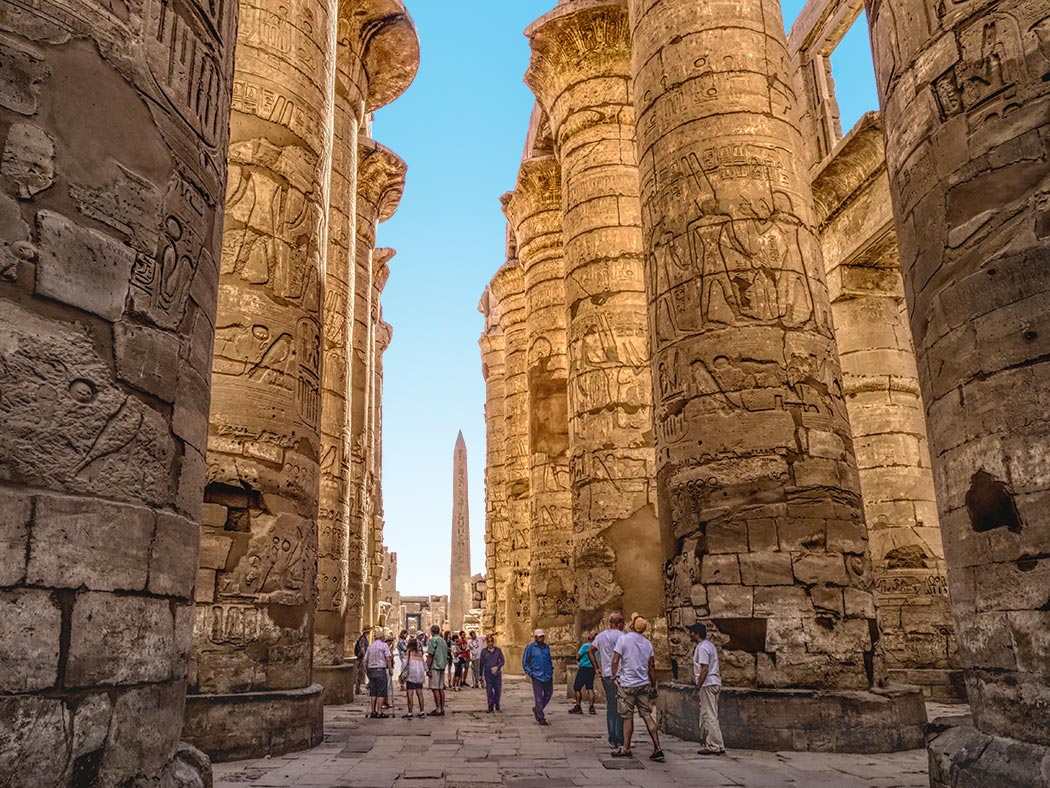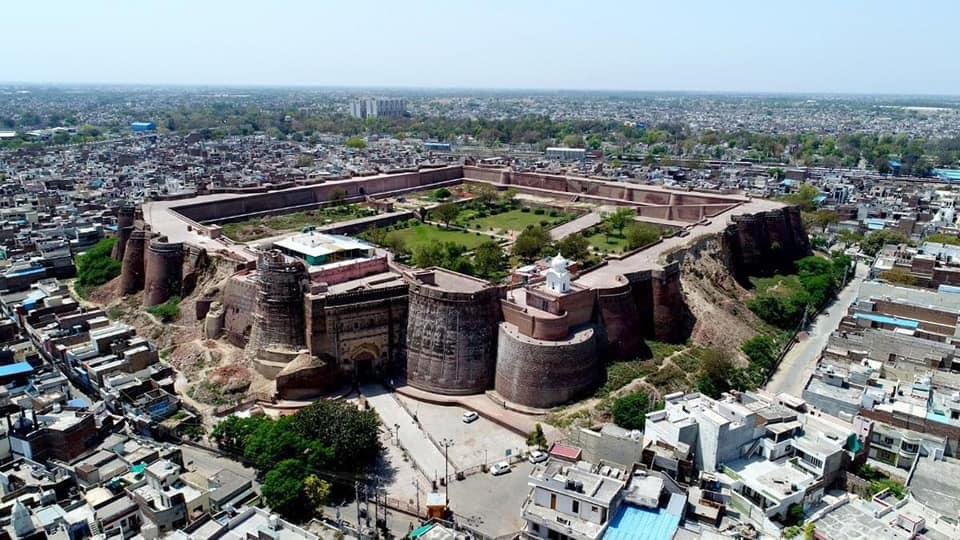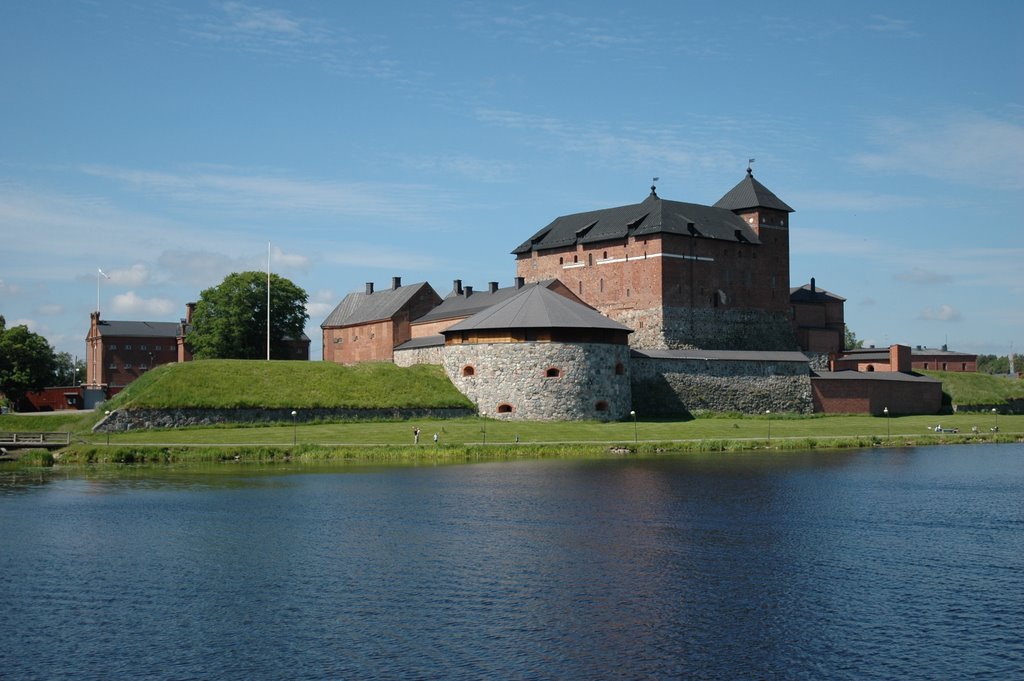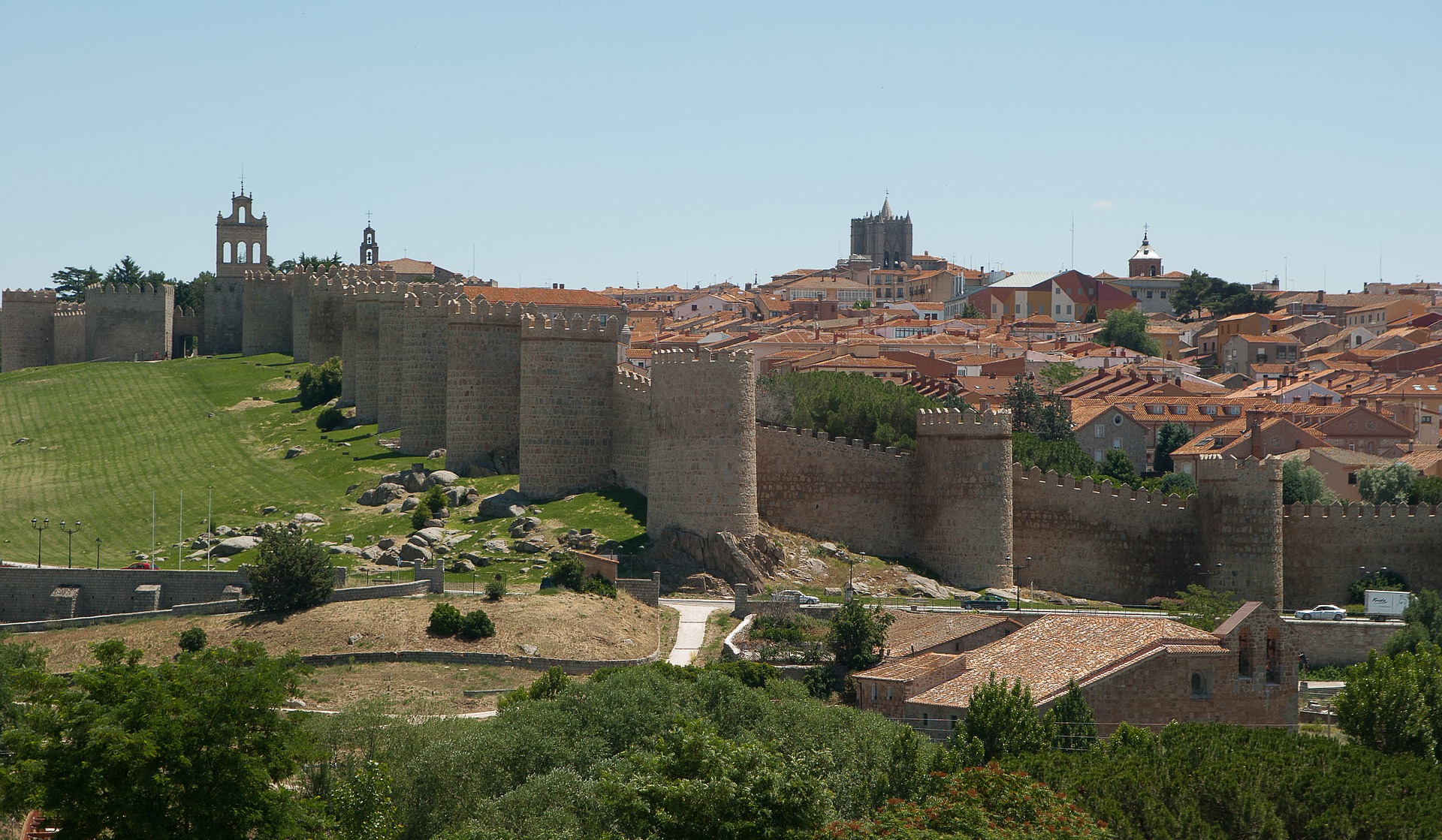The Fountain of Neptune is located in the Town Hall Square. Its construction began in the late 16th century, at the behest of Viceroy Henry of Guzmán Count of Olivares (1595-1599), who placed it next to the port arsenal, erected in 1577 by architect Vincenzo Casali. Work was entrusted to Michelangelo Naccherino, Angelo Landi, Pietro Bernini, and Domenico Fontana and finished during the viceroyalty of Fernando Ruiz de Castro count of Lemos (1599-1602).
The original construction featured a large basin supported by four dolphins, from which rose as many caryatids. Around 1625, since the area where it was located had run out of water, it was moved by Viceroy Don Antonio Alvarez of Toledo Duke of Alba to the Largo di Palazzo (today’s Plebiscite Square). Later, its location was again changed and brought to the Santa Lucia district, where it was also enriched with some decorations by Cosimo Fanzago. In 1638, however, the fountain was again moved, this time to Via delle Corregge (today’s Via Medina) at the behest of the viceroy Duke of Medina, who entrusted its restoration and embellishment to Cosimo Fanzago, who worked on it together with his sons Carlo and Ascienzo, adding more decorations and eight lions. In addition, marble workers Domenico Vannelli and Andrea Iodice, oversaw the making of the dolphins and sea horses, weapons and cherubs, respectively.
The fountain suffered a lot of damage in 1647 during Masaniello’s revolution, but was promptly restored two years later thanks to the intervention of marmorari Andrea Iodice and Francesco Castellano, only to be plundered again by Viceroy Don Antonio d’Aragona who, at the end of his term, took away with him statues and ornaments of some other fountains and putti and marble steps of this one.
Another restoration was carried out in 1709 by sculptor Gennaro Ruggiano and in 1753 by marble worker Giuseppe De Stefano. In 1886 it was removed and taken to one of the Pizzofalcone caves until the municipality decided to move it to Piazza Depretis, today’s Piazza Bovio. Further restorations were necessary in 1904, entrusted to Raffaele Belliazzi; in 1929, carried out by Francesco Parente; and in 1938, contracted to the Marino and Milione companies. Later, in 2000, when the subway construction site was opened, the fountain was removed, and in 2011, after careful restoration, it was relocated to its original location in Via Medina.
After all these vicissitudes, the statue turns out to consist of a large basin surrounded by a balustrade interspersed with four flights of stairs, decorated on the sides with openwork architectural elements. At each end is a ball supported by a pillar, while at the beginning of each flight of stairs, on either side, is a lion holding the coats of arms of the Duke of Medina and his wife Anna Carafa and from whose mouth the water flows out, ending in the basins below. In the central cascade, on the other hand, from two sea monsters the water comes into a small basin decorated with the coat of arms of the Kingdom of Spain, represented by the lion, the castle, the poles and the crossbeam cross with eagles depicting the Kingdom of Castile, the Kingdom of Aragon and the Kingdom of the Two Sicilies, respectively. Above the middle of the shield, however, we find the cross of the Kingdom of Jerusalem and the twig with the garnet apple of the Kingdom of Grenada.
In the center, moreover, is the coat of arms of the kingdom of Portugal, while in the lower part are carved the band of Austria, the bands of the county of Burgundy, the lion of Brabant, that of the county of Flanders, and the eagle of Tyrol. Also placed at the edges of the central basin are four dolphins with tritons, from whose mouths water flows out to plunge into the basin below.
In the center, above a rock, two satyrs and two nymphs support another pool with masks and sea horses, with a statue of Neptune holding a trident in the center.
In 2014, the fountain was disassembled for restoration and moved to Municipio Square, in which it was placed and inaugurated on May 23, 2015, when the square was resurfaced for the construction of the underlying Municipio station on Metro Line 1.
